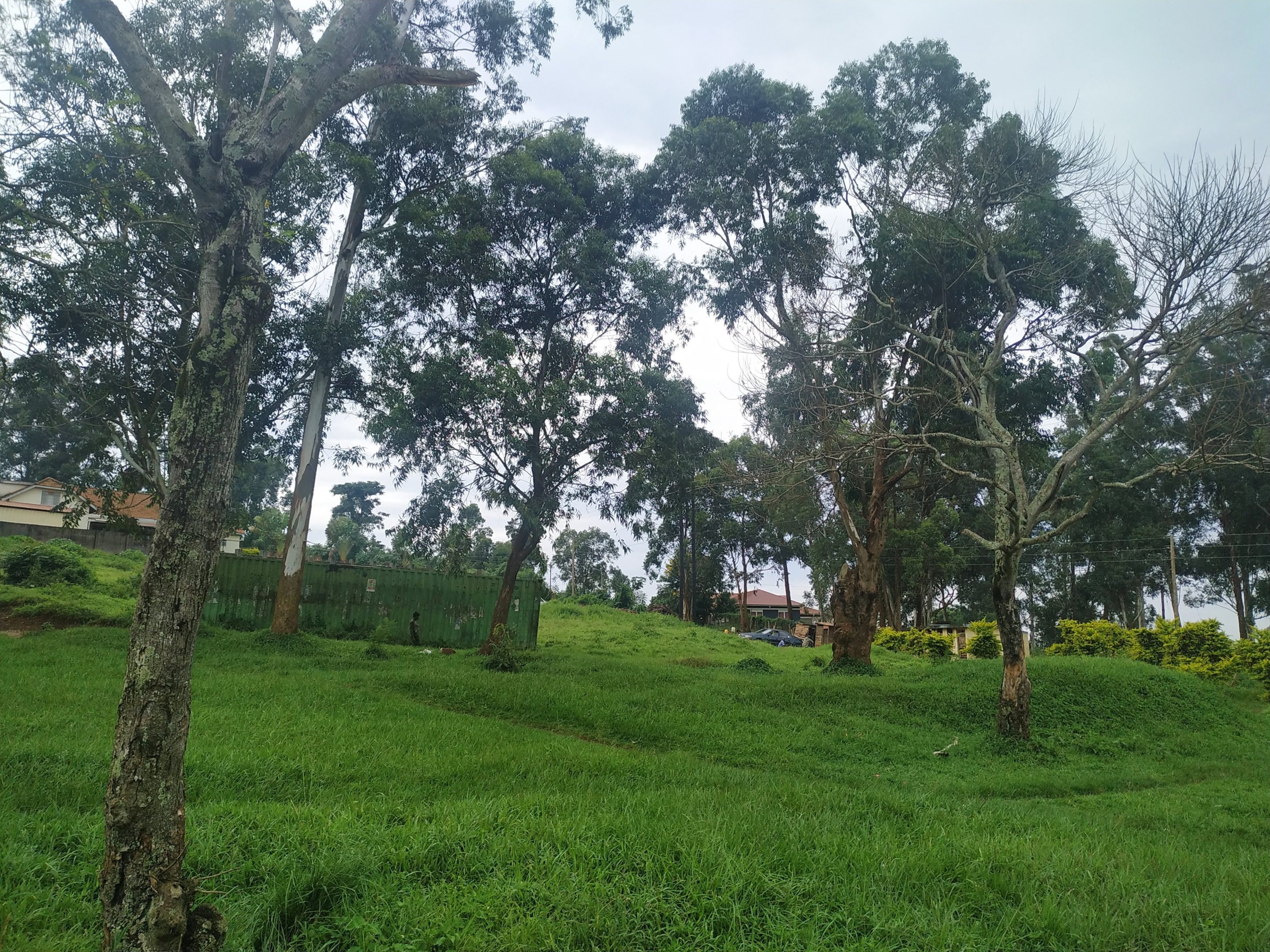.
By Eric Barigye
Welcome back to our weekly blog that focuses on a particular aspect to learn more about the people and place that play host to our Adventure Like No Other! This week, we conclude the Trees of Masaka series!

If you missed the previous entries, you can find them here: Part 1 and Part 2.
This week we are going with an all edible fruit tree line up. Luckily, you’ll find them all in season on your arrival to Uganda!
.
.
.
...
Jackfruit Tree
 Starting with the Artocarpus heterophyllus better known as Fene in Luganda and Jackfruit in English. Something that will surprise even Ugandans is that this tree actually originates from Asia, probably in the forests of the Western Ghats in India and is said to have been introduced to Uganda as late as the 1940s!
Starting with the Artocarpus heterophyllus better known as Fene in Luganda and Jackfruit in English. Something that will surprise even Ugandans is that this tree actually originates from Asia, probably in the forests of the Western Ghats in India and is said to have been introduced to Uganda as late as the 1940s!
It’s a medium-sized tree with thick branches, to 25 meters, and it produces a white gummy liquid when injured. Of course, the most popular use is the big sweet fruit it produces (hence the name) but the latex from the trunk and branches have resins that are valuable in varnishes as well. The latex is commonly used as adhesive for mending broken chinaware or earthenware, caulking boats, mending holes of buckets and trapping birds. It can serve as a substitute for rubber.
.
.
.
Avocado Tree
 Next, we have Persea Americana which is Avocado in English. In Uganda, it’s grown in all moist areas. It has a densely leafy evergreen medium and grows to 9-20 meters in height.
Next, we have Persea Americana which is Avocado in English. In Uganda, it’s grown in all moist areas. It has a densely leafy evergreen medium and grows to 9-20 meters in height.
Besides providing the fruit we all know and love, it provides timber which is used for house building. The pulp and the seeds contain fatty acids that are used by the cosmetic industry in soaps and skin moisturizer products. Watery extracts of the avocado leaves contain a yellowish-green essential oil.
.
.
.
Orange Tree
 Following smoothly to Citrus Sinensis known as Muchungwa in Luganda and Orange in English. It’s an evergreen shrub or tree, approximately 6-12 meters tall. It has dense foliage and rather thin spines beside the leaves, unlike when they are young and have thick spines.
Following smoothly to Citrus Sinensis known as Muchungwa in Luganda and Orange in English. It’s an evergreen shrub or tree, approximately 6-12 meters tall. It has dense foliage and rather thin spines beside the leaves, unlike when they are young and have thick spines.
Besides having the sweet and refreshing fruit we are familiar with, a semi-drying oil can be obtained from the seed which is used in soap making. An essential oil from the peelings is also used as a food flavouring and also in perfumery and medicines. The leaves and flowers also contain fine essences of oils that may be used in the manufacture of cosmetics.
Furthermore, the wood can also be a potential source of firewood, as well as for boards and panelling in construction.
.
.
.
Soursop Tree
 We’ll now look at Annona Muricata known as Kitafeli in Luganda and Soursop in English.
We’ll now look at Annona Muricata known as Kitafeli in Luganda and Soursop in English.
It is grown in mixed orchards or individually in Uganda, commonly in Central Region. It is a slender evergreen tree 5-7 m in height, usually less, with a bole which can be up to 30 cm in diameter. The branches are very low and wide, giving an open shady crown. Furthermore, in drought conditions, it may lose all its leaves.
Its fruit can be consumed fresh for dessert when fully ripe or mixed with ice cream or milk to make a delicious drink, and it can also be made into fruit jelly or juice (with sugar added).
The young fruits with seeds are still soft, they can also be used as a vegetable. Then, when mature but firm, the fruits may be made into candy of delicate flavour and aroma.
The tree itself provides timber, and powder of dried leaves and sap from fresh ones are useful in destroying vermin. A powder or oil from the seeds has been used to kill lice and bedbugs too.
.
.
Guava Tree
 Lastly, we see the Psidium Guajava known in Luganda as Mupeera and Guava in English. This tree originates from South America, probably Brazil, but is now grown throughout the tropics, including Africa south of the Sahara. In Uganda, it is grown in all regions of the country.
Lastly, we see the Psidium Guajava known in Luganda as Mupeera and Guava in English. This tree originates from South America, probably Brazil, but is now grown throughout the tropics, including Africa south of the Sahara. In Uganda, it is grown in all regions of the country.
This is a small evergreen tree which grows to 8 meters, branching irregularly. Besides having a delicious fruit its stem makes excellent firewood and charcoal. Again this tree also provides timber, which is used for tool handles, fence posts, in carpentry work, and turnery.
The leaves and bark may be used for dyeing and tanning. The leaves are pounded with coconut milk and other substances to make a dye that turns silk black. The leaves are the source of essential oil that contains methylchavicol, persein and d-pinene.
.
.
.
That concludes our Trees of Masaka series!
Thank you and we look forward to showing you more of Masaka next week.
.
.
.
.
.




